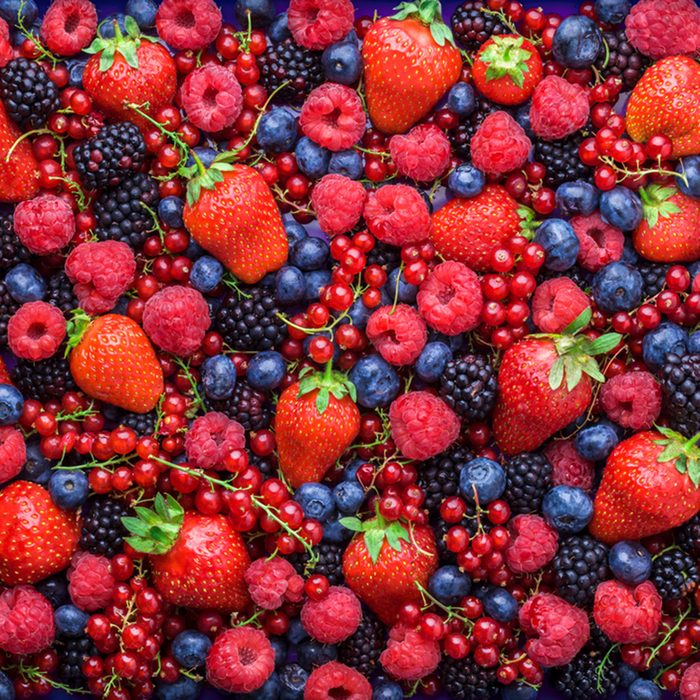
Fresh berries: Freeze on a cookie sheet
To prevent fresh berries from turning to mush in the freezer, wash the fruit thoroughly, pat it dry and place on a cookie sheet. Place the cookie sheet in the freezer until the berries are frozen, then pack the berries in airtight containers. By freezing pieces of fruit individually, you can take out only what you need for recipes and return the rest to the freezer.
These are the foods you should always buy frozen.

Meat: Save labels
When rewrapping prepackaged meat for freezing, cut the label from the original wrapping and tape it to the new package. You will have a record of the cut of meat, its weight and the date of purchase. To prepare raw hamburger patties for freezing, separate them with small plastic coffee-can tops, stack them in a pile, place them in a plastic bag and seal. Freeze raw or cooked meatballs on a cookie sheet, then transfer them to a container, seal and freeze. They will stay separate and you can use as many as you want when you need them.
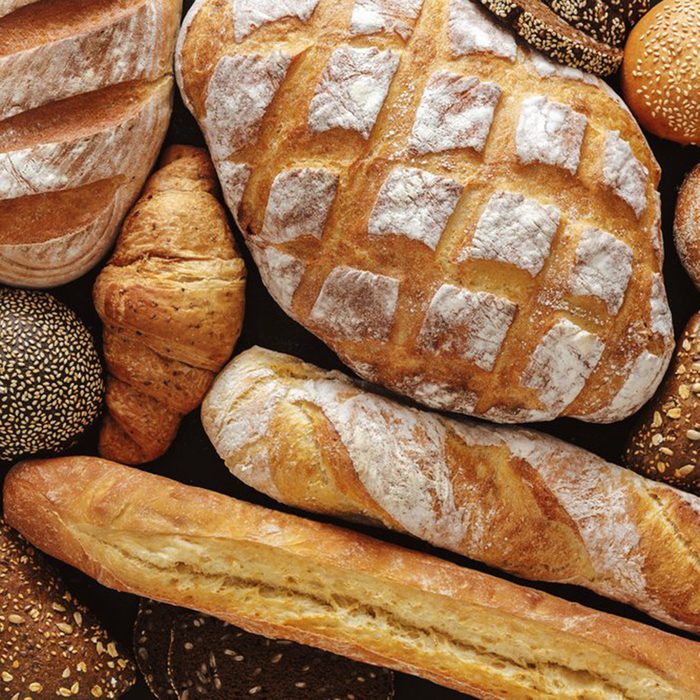
Bread: Wrap with care
Bread will dry out quickly in the refrigerator, but it freezes well for up to six months if wrapped in plastic, then foil. When putting the bread in the freezer, don’t crush the loaf. To crisp up the crust, remove the bread from its wrapping, thaw and then put in a 350°F oven for ten minutes.
Learn about these other foods you’ve been storing all wrong.
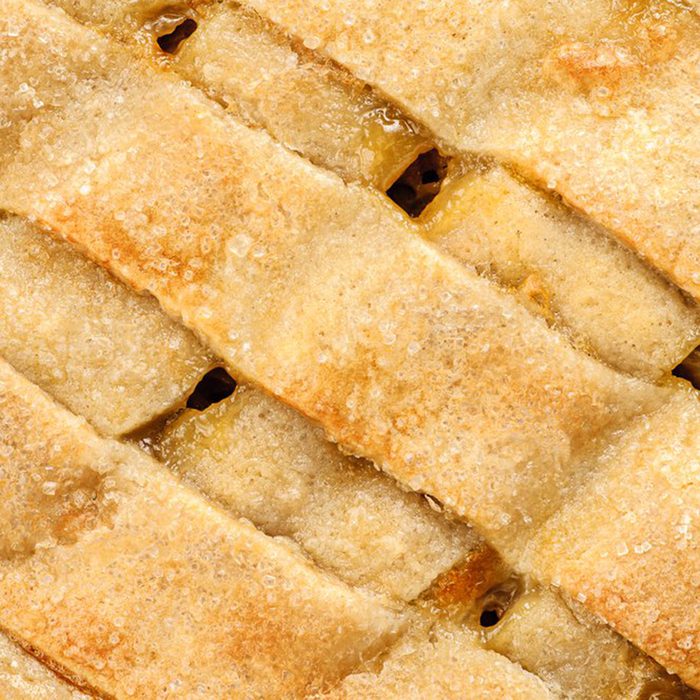
Pies: Layer and label
To freeze a freshly baked pie, cool to room temperature. Wrap in plastic and foil and label with a piece of tape, noting the type of filling and the date. If a pie has a sticky filling that is hard to wrap, freeze the pie first and then wrap it.
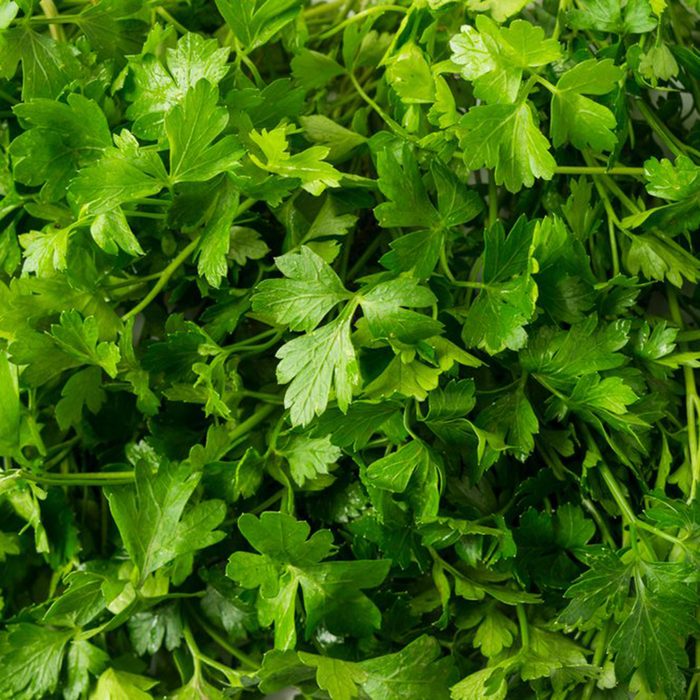
Herbs: Mince first
You can freeze some fresh herbs, such as parsley, chives and basil. Wash the herb, shake, then pat dry with paper towels. Mince it and freeze in a plastic container. In addition, fresh ginger root keeps well frozen. Put the ginger in a plastic bag and put in the freezer, grate it as needed.
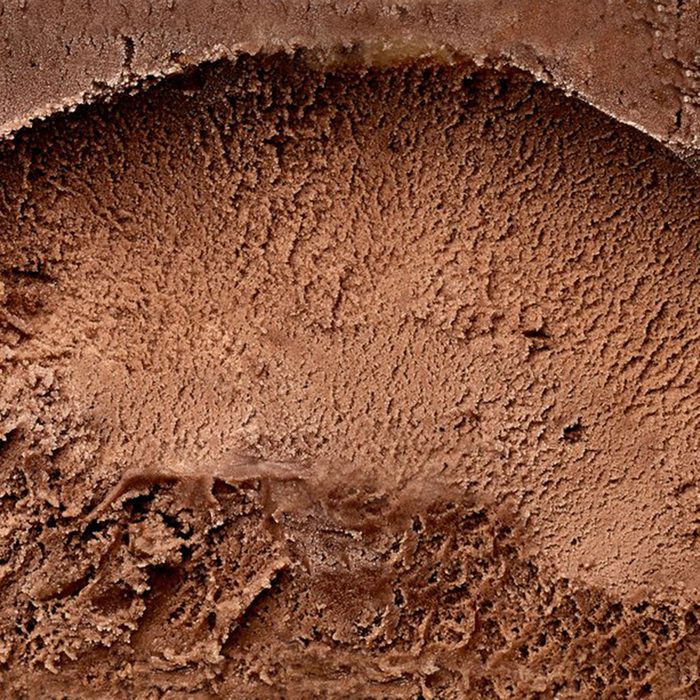
Ice cream: Use plastic wrap
To keep ice cream fresh and tasty after the first serving, press plastic wrap onto the surface of the remaining ice cream to prevent ice crystals from forming. Then replace the carton top and return the ice cream to the freezer. Don’t let an open container of ice cream sit in the freezer too long; it is best eaten soon after it is purchased.

Eggs: Whisk first
That’s right—you can extend the life of your eggs by putting them in the freezer. There’s one caveat, though: You should never freeze them in the shell. Instead, crack the eggs and whisk them together, suggests the USDA. You can whisk the yolks and whites separately or together, but the yolks on their own could get thick and syrupy in the freezer. Add a pinch of salt and 1.5 teaspoons of sugar to improve their quality.
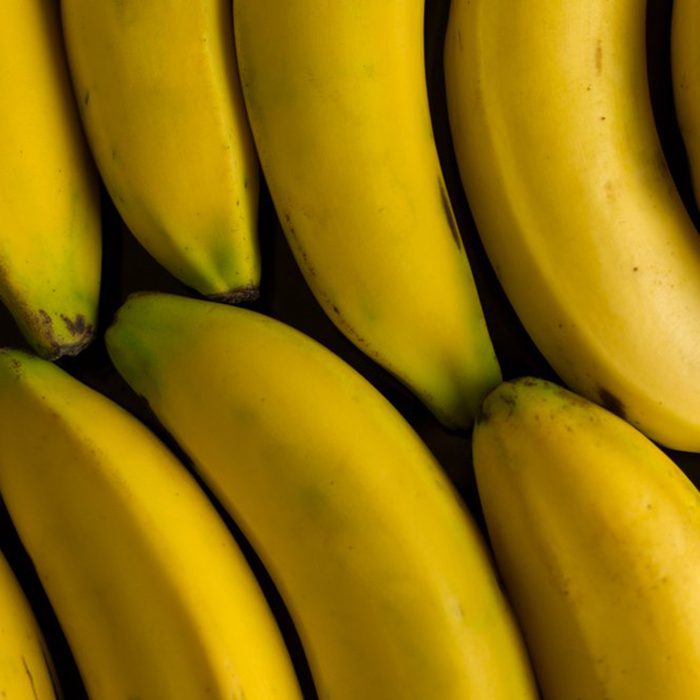
Bananas: Peel first
Overripe bananas keep well in the freezer until you’re ready to use them in banana bread or a smoothie. It’s harder to remove the peel when it’s frozen than when it’s still fresh, so remove the peel first. Now you can either pop the whole, peeled bananas into a freezer bag, or cut them into slices. If you choose the latter option, freeze them first on a wax paper-lined baking sheet before transferring them to bags so the pieces don’t stick together.
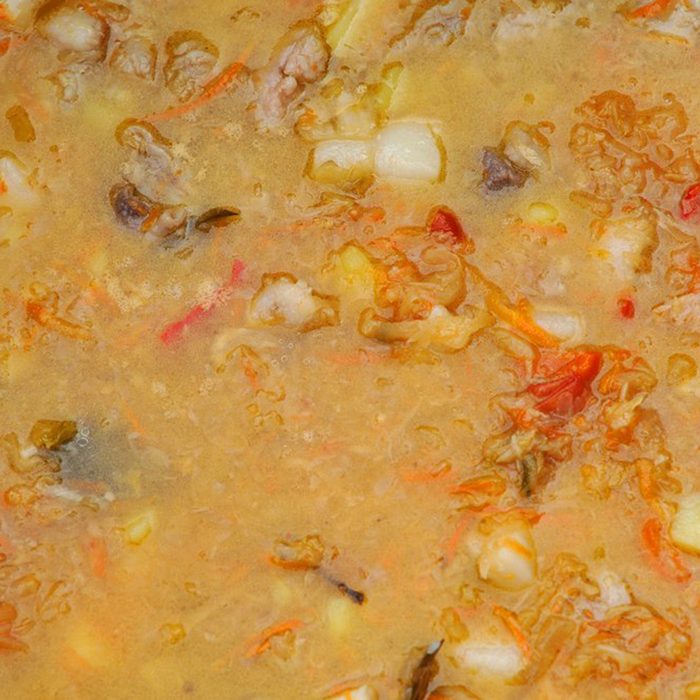
Soup: Dole out into bags
A plastic storage container seems like the obvious vessel for frozen soup or stock, but they can actually be pretty finicky. Liquids expand when frozen, so filling it to the top could burst the plastic, but leaving too much space on top leaves the broth vulnerable to freezer burn. Your best bet is to ladle portions into freezer bags so you can get rid of excess air while allowing room for expansion.
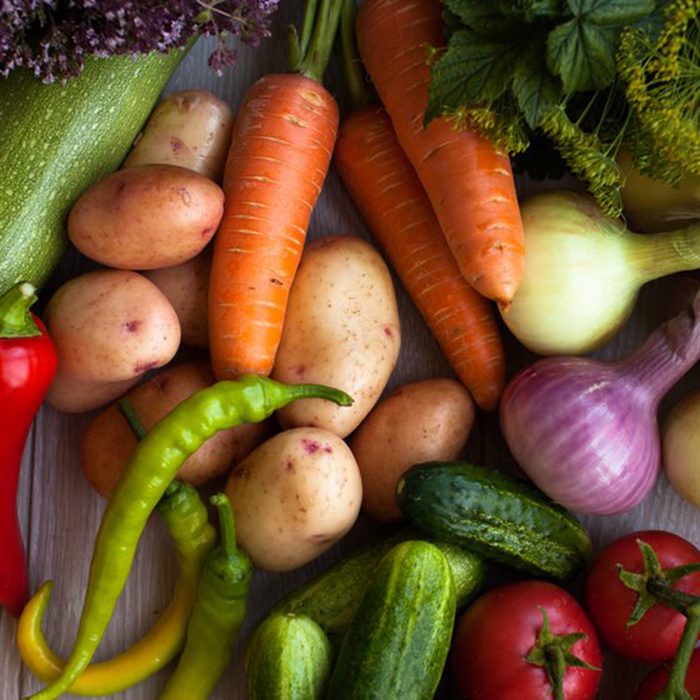
Vegetables: Start by blanching
Raw veggies have a unique property that makes them deteriorate in the freezer: They have low acidity, meaning enzyme activity brings their quality down. Luckily, blanching—partially cooking them in boiling water—can slow the process, according to the USDA. Bring water to a boil, then add the vegetables. Once it starts boiling again, leave the vegetables in for a few minutes, using this information from the National Center for Food Preservation as a guide.
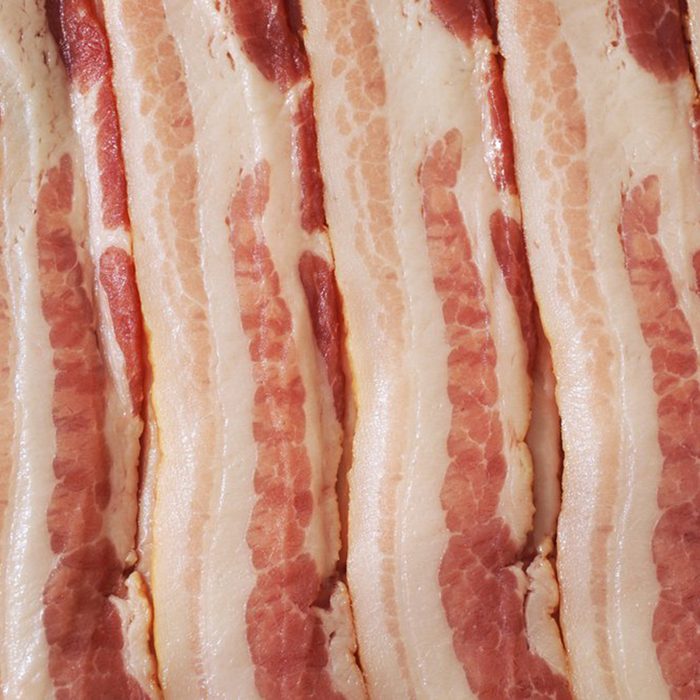
Bacon: Freeze by the strip
When you over-buy bulk bacon and can’t use it all in time, make sure the same problem doesn’t happen again with your frozen strips. Tear off a long sheet of wax paper, then lay a strip of bacon near the edge. Fold the wax paper over so the bacon is covered, then place another bacon strip next to the first. Continue folding single slices of bacon until you have a nice stack, with wax paper separating each slice.
Next, check out these other storage tricks that make your food last longer.